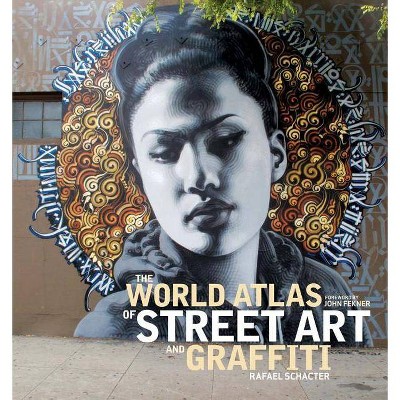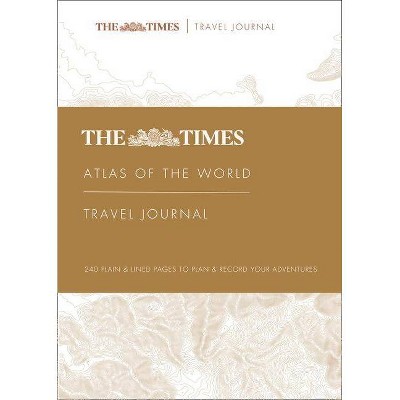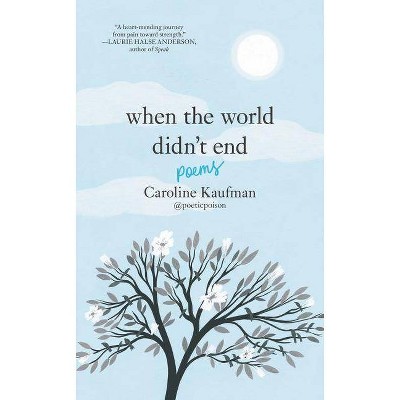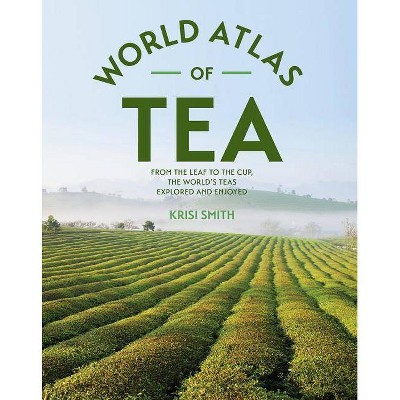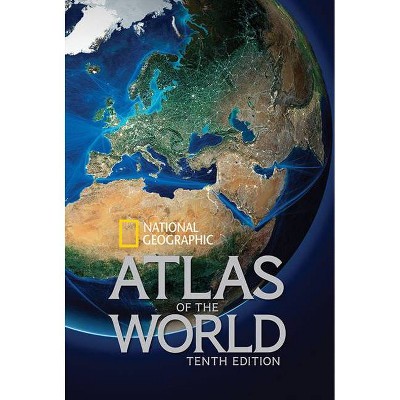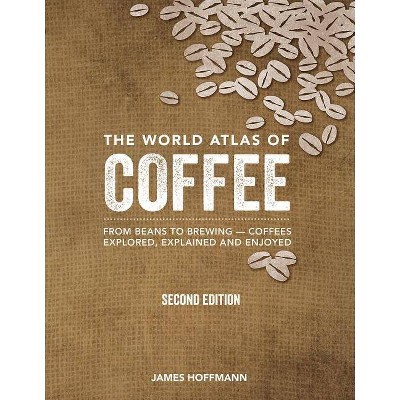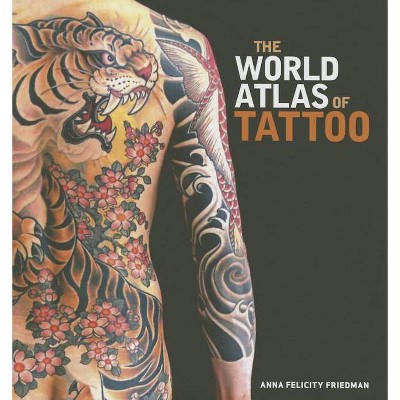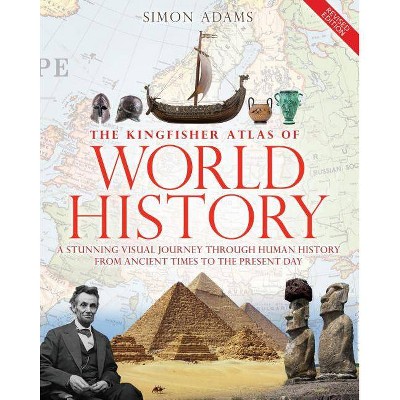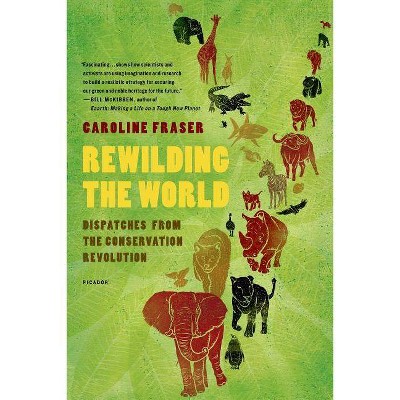The World Atlas of Street Fashion - by Caroline Cox (Hardcover)
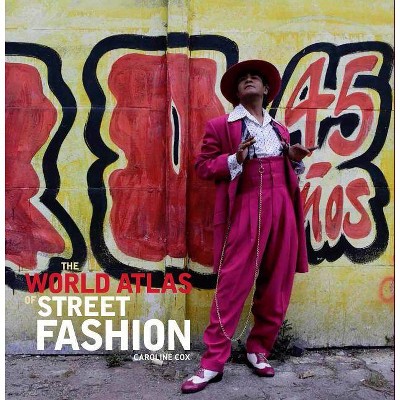
Similar Products
Products of same category from the store
AllProduct info
<p/><br></br><p><b> About the Book </b></p></br></br>"Since the early 20th century, city sidewalks have become runways where idiosyncratic modes of dressing are presented, consumed, and exported. Their messages include resistance, solidarity, subversion, social transformation, or musical affiliation, and a group of like-minded individuals can create a powerful sartorial force. Organized by continent and with 600 color images, The World Atlas of Street Fashion examines street style in all its global diversity. The book shows how Punk's generic language of anarchy is redeployed in London, Berlin, Tokyo, or Jakarta and takes on the unique flavor of each. It also reveals how street style can be overtly political: the Sapeurs of Kinshasa use elegance to reframe themselves as gentlemen, and the cholo gangs of East Los Angeles took strength from the Chicano movement of the 1960s. Street style can also be obsessive, as seen here through the K-Pop enthusiasts of Seoul, who inhabit the lives of their music idols by re-creating publicity stills through elaborate cosplay. The author discusses how such scenes can develop cachet by being underground, fostering a look's distinctiveness and integrity. Through its extensive research, striking photography, and handsome design, World Atlas of Street Fashion is the essential resource on world street style"--Publisher's description.<p/><br></br><p><b> Book Synopsis </b></p></br></br><b>An extensively researched and generously illustrated volume offering a striking and diverse portrait of street style in cities and cultures around the world</b> <p/> Since the early 20th century, city sidewalks have become runways where idiosyncratic modes of dressing are presented, consumed, and exported. Their messages include resistance, solidarity, subversion, social transformation, or musical affiliation, and a group of like-minded individuals can create a powerful sartorial force. Organized by continent and with 600 color images, <i>The World Atlas of Street Fashion</i> examines street style in all its global diversity. The book shows how Punk's generic language of anarchy is redeployed in London, Berlin, Tokyo, or Jakarta and takes on the unique flavor of each. It also reveals how street style can be overtly political: the Sapeurs of Kinshasa use elegance to reframe themselves as gentlemen, and the cholo gangs of East Los Angeles took strength from the Chicano movement of the 1960s. Street style can also be obsessive, as seen here through the K-Pop enthusiasts of Seoul, who inhabit the lives of their music idols by re-creating publicity stills through elaborate cosplay. The author discusses how such scenes can develop cachet by being underground, fostering a look's distinctiveness and integrity. Through its extensive research, striking photography, and handsome design, <i>World Atlas of Street Fashion</i> is the essential resource on world street style.<p/><br></br><p><b> Review Quotes </b></p></br></br><br>"The late street-fashion photographer Bill Cunningham once declared, 'The best fashion show is definitely on the street. Always has been. Always will be.' Fashion historian Caroline Cox's new book <i>The World Atlas of Street Fashion</i> is certainly testament to that idea."--KT Hawbaker, <i>Chicago Tribune</i> <p/>"A prize glimpse of global finery by a recognized expert, Cox's encyclopedia excludes no country in her survey of street chic. . . . An alluring volume for reference and for display."--<i>Booklist</i> <p/><br><p/><br></br><p><b> About the Author </b></p></br></br><b>Caroline Cox</b> is an international authority on fashion history whose work explores the relationship between fashion, beauty, and culture. Her recent titles include <i>How to Be Adored</i> (2009) and <i>Luxury Fashion</i> (2013).
Price History
Price Archive shows prices from various stores, lets you see history and find the cheapest. There is no actual sale on the website. For all support, inquiry and suggestion messagescommunication@pricearchive.us
